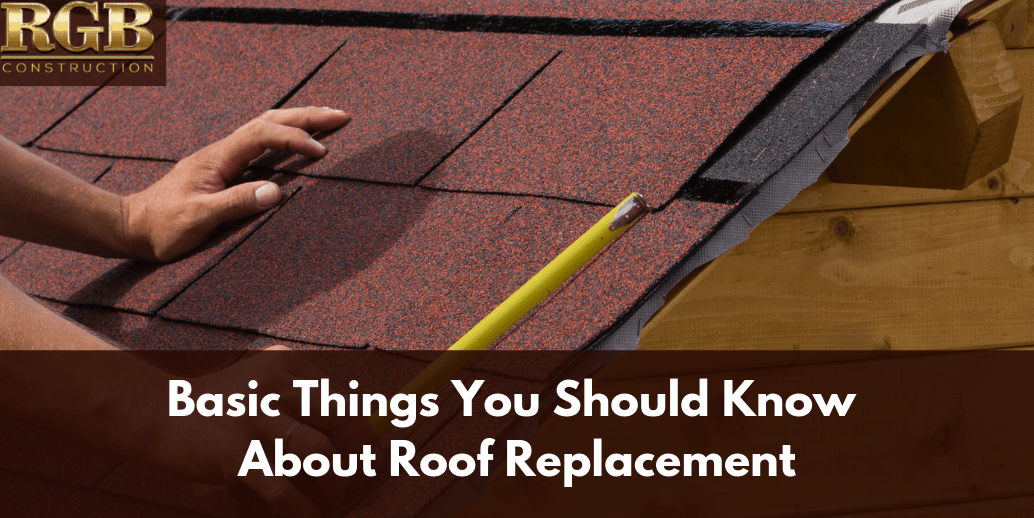As you undoubtedly aware, your roof is one of the most crucial components of your house. While your foundation is key to supporting your structure, your roof helps to keep out the harsh elements and to contain climate control for your comfort. On top of this, they also play majorly into the curb appeal of your home.
A good looking roof may not be the first thing someone notices – well-done individual aspects of a building all silently merge together to create a complete, attractive structure. However, when something is wrong, it stands out like a sore thumb, and roofs are the king of this kind of problem.
A damaged or poorly-maintained roof immediately causes the home to come across as “dumpy”, and can, of course, result in failing inspections. Your resale value or rentability goes quickly down the drain if your roof is in bad shape! But, it goes beyond this. Damaged roofs allow water and other elements into the home, which cause ceilings to begin to degrade, which can spread to walls. Mold, pests and other hazards breed in these sorts of conditions, and once they get to a certain point, the whole home is a lost cause!
Patchy Ceiling
An immediate sign of a damaged roof would be spots appearing in the ceiling. These can be cracks, blotches, or other obvious blemishes appearing from water damage. If you spot this sort of thing, you can find the cause as cracks, gaps and other loss of seals around chimneys, joints on the roof, and other such things. These allow leaks which will cause the aforementioned ceiling decay and horrible things like mold.
Missing Shingles or Granules
If this kind of damage is minor enough, repairs may be possible, to spare the costlier, more involved process of replacement. However, by the time it’s gotten this bad, it’s probably too late to save the existing roof. Shingles could be missing granules (the textured surface), be chipped, split, or blistered. Entire shingles, or chunks of them, may be missing. This can be caused by harsh temperatures, extreme weather or simply the ravages of time. Regardless of the cause, once this begins, it spreads not unlike how rust spreads on vehicles, and here come those awful leaks and pest invasions once more.
Curling
This is most common when using organic shingle materials such as wood, where thermal expansion and variations in humidity/sun exposure can cause the tiles to come unfastened and begin to curl. The result is pretty much the same as if the tiles were broken or missing.
Splitting and Blistering
This can happen to most shingle types and is often the result of the same significant variations in climate that causes curling in organic shingle types. Shingles can crack and split, or they can bubble up, similar to a reverse of the curling effect. Once shingles lose their solidity and flushness to the roof, they cease being able to provide the protection crucial to your roof’s function!
Inspection
It’s best to have your roof regularly inspected by experienced, knowledgeable professionals. They can spot these potential problems before they’re fully realized. To learn more about roof inspection, repair, and replacement, fill out our contact form below or call us today!







